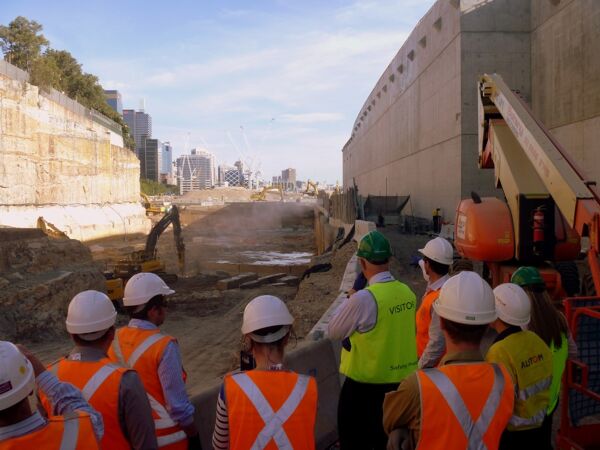
Users of building information modelling (BIM) will be the first to admit that, to date, there has been a dearth of guidance on how you should go about sharing all-important structured health and safety information across project and asset life cycles.
In 2018, UK business standards company BSI launched a ‘publicly available specification’ (PAS) for the sharing of health and safety information through a project or asset life cycle [you can view the launch event here, which was held at ICE in April 2018].
PAS 1192-6 Specification for collaborative sharing and use of structured Health and Safety information using BIM (BSI, 2018) supports the development of structured health and safety information for all building and infrastructure projects from the outset.
The document is the latest in the PAS 1192 series, which sets out the requirements for model detail, information, definition and information exchanges to achieve the UK government’s requirement for level 2 BIM in the delivery of public sector projects (Kosandiak and Atkin, 2016).
Digital transformation
Until recently, health and safety risk management in the construction industry was largely a paper-based discipline.
In support of the ongoing digital transformation in the sector, BSI developed PAS 1192-6, which sets out a model process of how digital health and safety risk information should flow through every stage of a construction project. It focuses on the needs and perspective of the end user.
PAS 1192-6 was specifically developed to enable users of BIM methods and techniques to identify, use and share health and safety information in a collaborative way. Doing so will ultimately help to drive health and safety risks further down through the life cycle of a project and built asset.
Because risks on a construction site vary widely, PAS 1192-6 requires each risk to be placed in context, with the filtering of hazards according to a scale. The guidance is explicit in assisting with how to prioritise elevated risks that are safety-critical.
Universal relevance
PAS 1192-6 is relevant to any organisation or individual that contributes to the design, construction and maintenance of an asset – including the end-of-life of an asset.
It specifies how health and safety information can be used to:
- provide a safer and healthier environment for end users;
- mitigate the inherent hazards and risks across the asset life cycle;
- improve construction health and safety performance, with fewer incidents and associated impacts;
- provide clearer and more relevant health and safety information to the right people at the right time;
- reduce construction and operational costs.
- The digital exchange and use of health and safety information is intended to be relevant and support the unique requirements of each individual project, site and built asset.
Sharing knowledge
PAS 1192-6 will also make it easier to access and share health and safety knowledge and guidance already accumulated from prior built-environment projects or from elsewhere.
The specification can be applied in conjunction with the duty holder’s own management systems, policies and arrangements.
Construction professionals know from experience that health and safety standards and approaches in the construction sector save lives and reduce the operational costs of a project. Consequently, guidance on applying health and safety information from the start to the end of life of a project or asset is a win–win for all stakeholders in a built-environment project.
This blog is based on the author’s article in the 171(4) issue of the ICE Civil Engineering journal.



